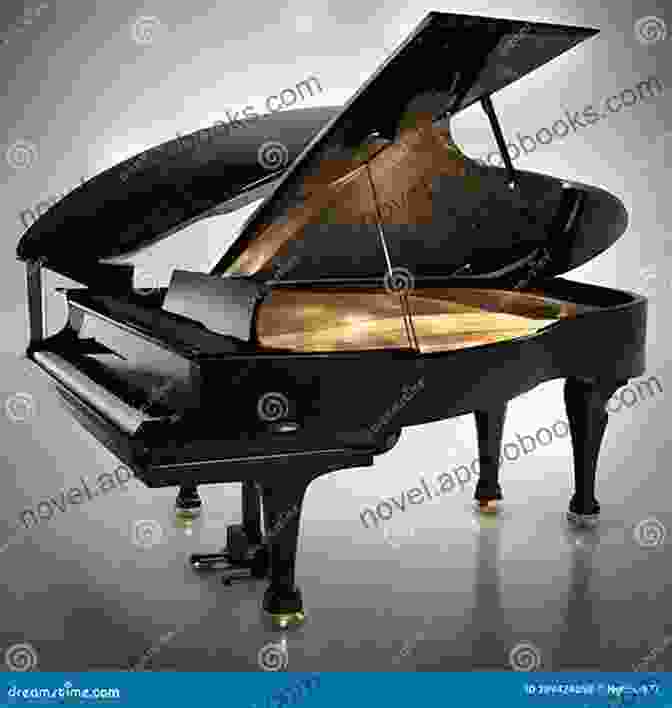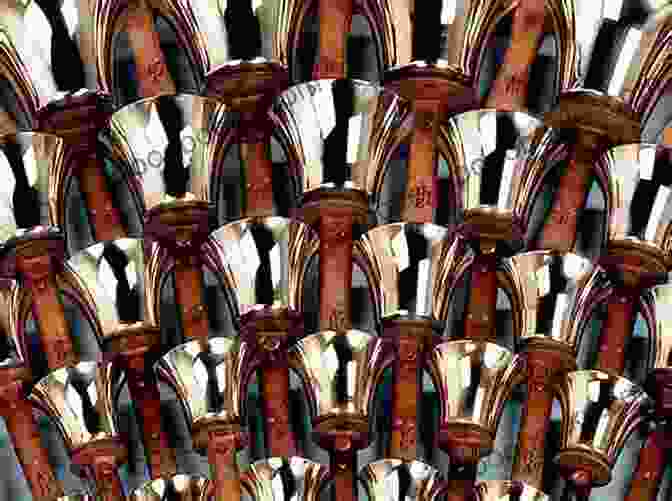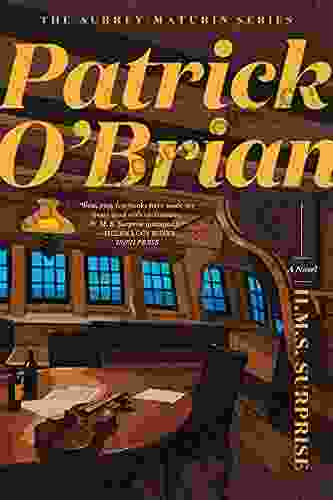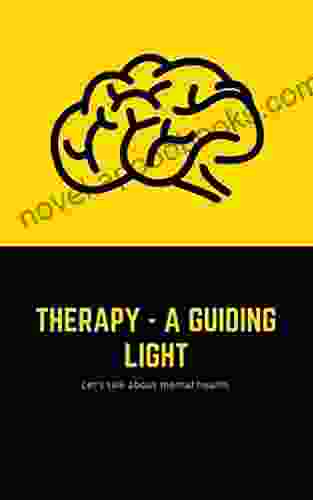Piano Conductor Oboe Or Bells Part: Unveiling the Symphony of Musical Instruments

5 out of 5
| Language | : | English |
| File size | : | 5805 KB |
| Print length | : | 24 pages |
In the realm of music, instruments serve as conduits for the expression of human emotions and creativity. Among the vast array of musical instruments, piano, conductor, oboe, and bells stand out for their distinct character and contributions to the symphony of sound.
Piano: The Versatile Virtuoso
The piano, a majestic instrument with 88 keys, is renowned for its versatility. Its ability to produce a wide range of tones, from gentle whispers to thunderous crescendos, makes it a favorite of soloists and accompanists alike. The piano's construction, featuring a soundboard beneath the strings, amplifies the vibrations and creates a rich, resonant sound.
At the heart of the piano's magic lies the action mechanism. When a key is pressed, a hammer strikes the corresponding strings, causing them to vibrate. The dampers, controlled by the pedals, can sustain or mute the sound, allowing for expressive control. The piano's vast range and versatility make it the cornerstone of many musical genres, from classical to jazz and pop.

Conductor: The Orchestral Maestro
The conductor is not an instrument in the traditional sense, but their role is indispensable in guiding the symphony. The conductor oversees the orchestra, coordinating the timing, dynamics, and interpretation of the music. Through gestures, cues, and facial expressions, the conductor ensures that each section of the orchestra plays in harmony, creating a cohesive and captivating performance.
The conductor's baton serves as an extension of their will, conveying the nuances of the music. Different gestures indicate changes in tempo, volume, and articulation, shaping the overall impact of the performance. The conductor's deep understanding of the score and ability to inspire the musicians allows them to unlock the full potential of the orchestra.

Oboe: The Enchanting Woodwind
The oboe, a double-reed woodwind instrument, is known for its distinctive, nasal sound. Its conical shape, made from African blackwood or rosewood, gives it a warm and expressive tone. The oboist uses a double reed, a thin piece of cane that vibrates to produce sound.
The oboe's technique requires precise control over breath and embouchure, the position of the lips on the reed. Oboists use a range of fingerings and key combinations to create different pitches and articulations. In the symphony orchestra, the oboe often plays a melodic role, adding a plaintive and haunting quality to the music.

Bells: The Resonant Chimes
Bells, with their clear, ringing sound, have been used in music for centuries. They consist of a hollow metal body with a clapper that strikes the inner wall, producing a distinct pitch. Bells come in various sizes, from small handbells to massive church bells.
In the symphony orchestra, bells add a unique and ethereal element. Their sound can evoke a sense of wonder, joy, or solemnity. Composers use bells to create magical effects, such as the famous "celesta" sound in Tchaikovsky's "Nutcracker Suite." The bell's resonant qualities make it a popular choice for carillons, sets of tuned bells played by a keyboard.

The piano, conductor, oboe, and bells are just a few of the instruments that contribute to the rich tapestry of orchestral music. Each instrument possesses its own unique characteristics, techniques, and expressive capabilities. Together, they form a symphony of sound that can transport listeners to other worlds and evoke a myriad of emotions.
Whether enjoyed in a live concert hall or through recordings, the music of these instruments continues to captivate and inspire audiences worldwide. By embracing the symphony of musical instruments, we deepen our appreciation for the art of music and the boundless creativity of human expression.
5 out of 5
| Language | : | English |
| File size | : | 5805 KB |
| Print length | : | 24 pages |
Do you want to contribute by writing guest posts on this blog?
Please contact us and send us a resume of previous articles that you have written.
 Book
Book Novel
Novel Page
Page Chapter
Chapter Text
Text Story
Story Genre
Genre Reader
Reader Library
Library Paperback
Paperback E-book
E-book Magazine
Magazine Newspaper
Newspaper Paragraph
Paragraph Sentence
Sentence Bookmark
Bookmark Shelf
Shelf Glossary
Glossary Bibliography
Bibliography Foreword
Foreword Preface
Preface Synopsis
Synopsis Annotation
Annotation Footnote
Footnote Manuscript
Manuscript Scroll
Scroll Codex
Codex Tome
Tome Bestseller
Bestseller Classics
Classics Library card
Library card Narrative
Narrative Biography
Biography Autobiography
Autobiography Memoir
Memoir Reference
Reference Encyclopedia
Encyclopedia Peter Waller
Peter Waller Terry Thompson
Terry Thompson Shawn Davidson
Shawn Davidson Jonathan Black
Jonathan Black Yolanda Croes
Yolanda Croes Pete Hegseth
Pete Hegseth Nl Herzenberg
Nl Herzenberg Poetry Of Dhiman
Poetry Of Dhiman Philip K Dick
Philip K Dick Patricia Telesco
Patricia Telesco Ray Cashman
Ray Cashman Peter Brimelow
Peter Brimelow Xiaobing Li
Xiaobing Li Philip Taubman
Philip Taubman R J Belle
R J Belle Travis Brant
Travis Brant Terrence Adams
Terrence Adams Sanjiv Haribhakti
Sanjiv Haribhakti Robert Sullivan
Robert Sullivan Ray Bradbury
Ray Bradbury
Light bulbAdvertise smarter! Our strategic ad space ensures maximum exposure. Reserve your spot today!
 Thomas PowellFollow ·3.1k
Thomas PowellFollow ·3.1k Neil ParkerFollow ·12.6k
Neil ParkerFollow ·12.6k Bruce SnyderFollow ·16.1k
Bruce SnyderFollow ·16.1k Billy PetersonFollow ·19.9k
Billy PetersonFollow ·19.9k Tyler NelsonFollow ·13.6k
Tyler NelsonFollow ·13.6k Robert BrowningFollow ·14.9k
Robert BrowningFollow ·14.9k Derek CookFollow ·6.7k
Derek CookFollow ·6.7k Rick NelsonFollow ·4.4k
Rick NelsonFollow ·4.4k

 Shaun Nelson
Shaun NelsonUnlocking the Intricate Nexus: The Globalization and the...
In an era marked by...

 Robin Powell
Robin PowellLast Summer at the Golden Hotel: A Captivating Journey of...
Synopsis: A Transformative Summer at...

 Gabriel Mistral
Gabriel MistralContracts And Conmen In Europe Scramble For Africa
The late 19th and early...

 Glenn Hayes
Glenn HayesThe Story of the United States' Longest Wildcat Strike: A...
Prologue: The...

 Evan Hayes
Evan HayesBritain Empire Resistance Repression And Revolt:...
: The Tapestry of...

 Eddie Bell
Eddie BellGreen's Operative Hand Surgery: The Ultimate Guide for...
Green's Operative Hand Surgery is the...
5 out of 5
| Language | : | English |
| File size | : | 5805 KB |
| Print length | : | 24 pages |












